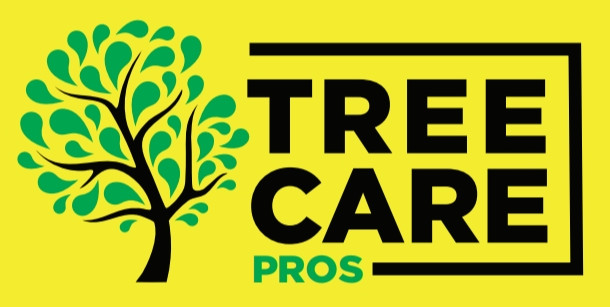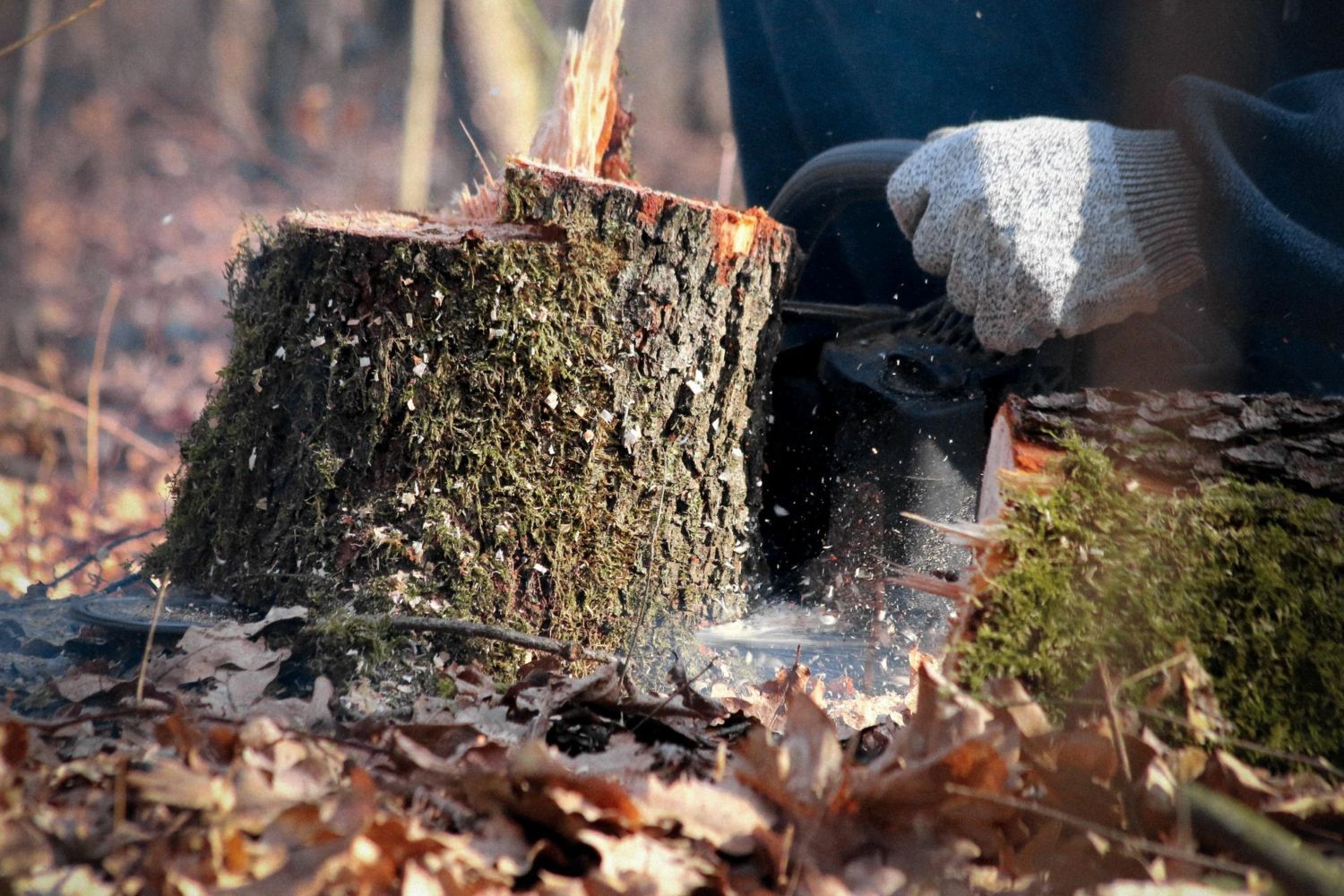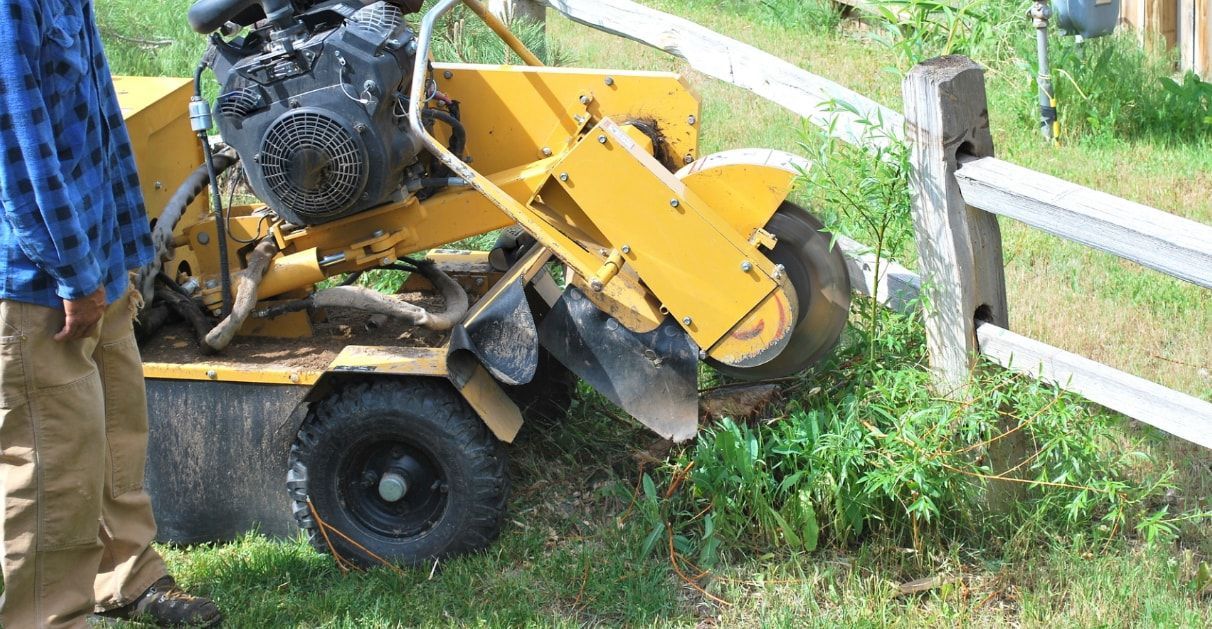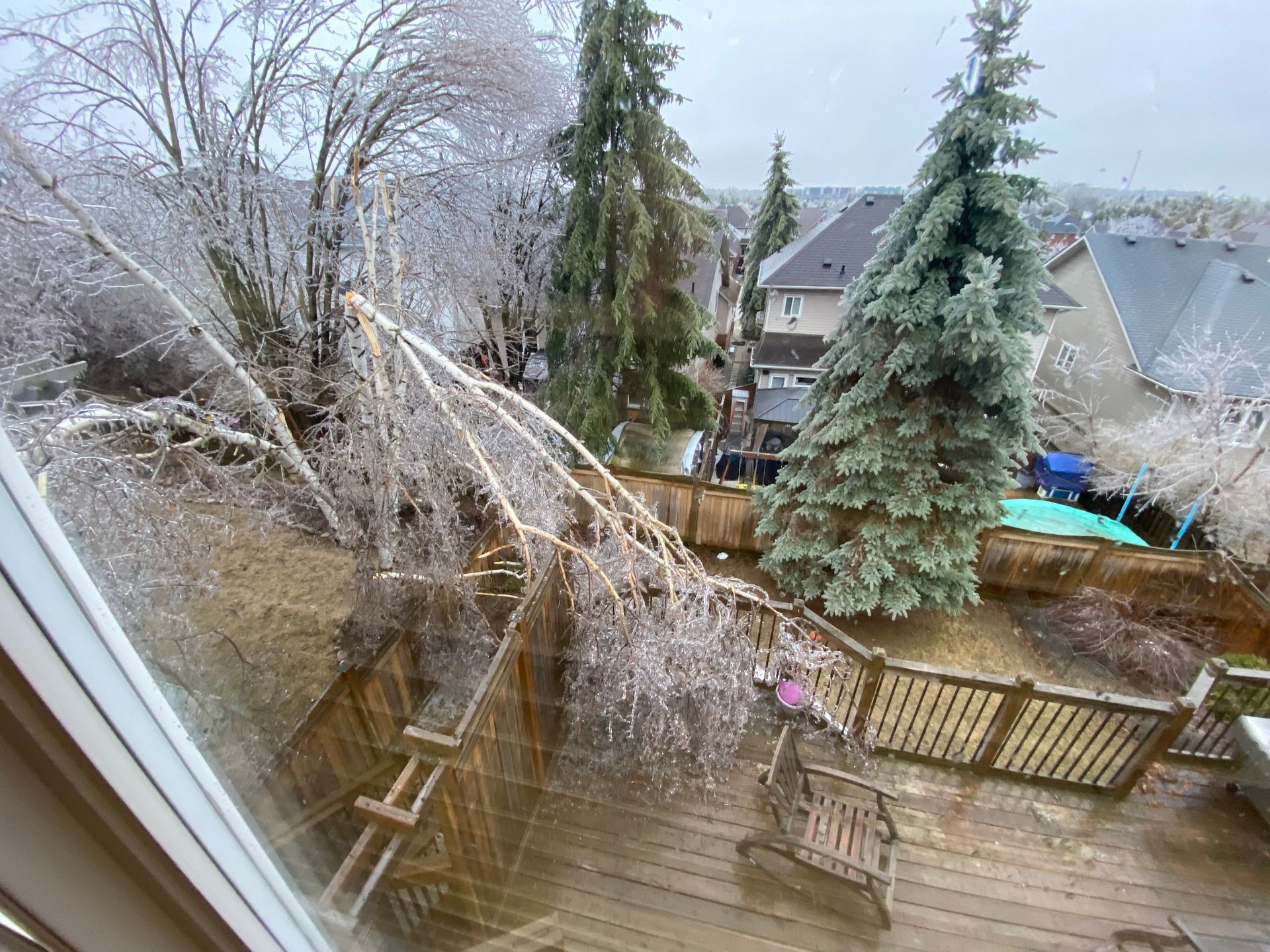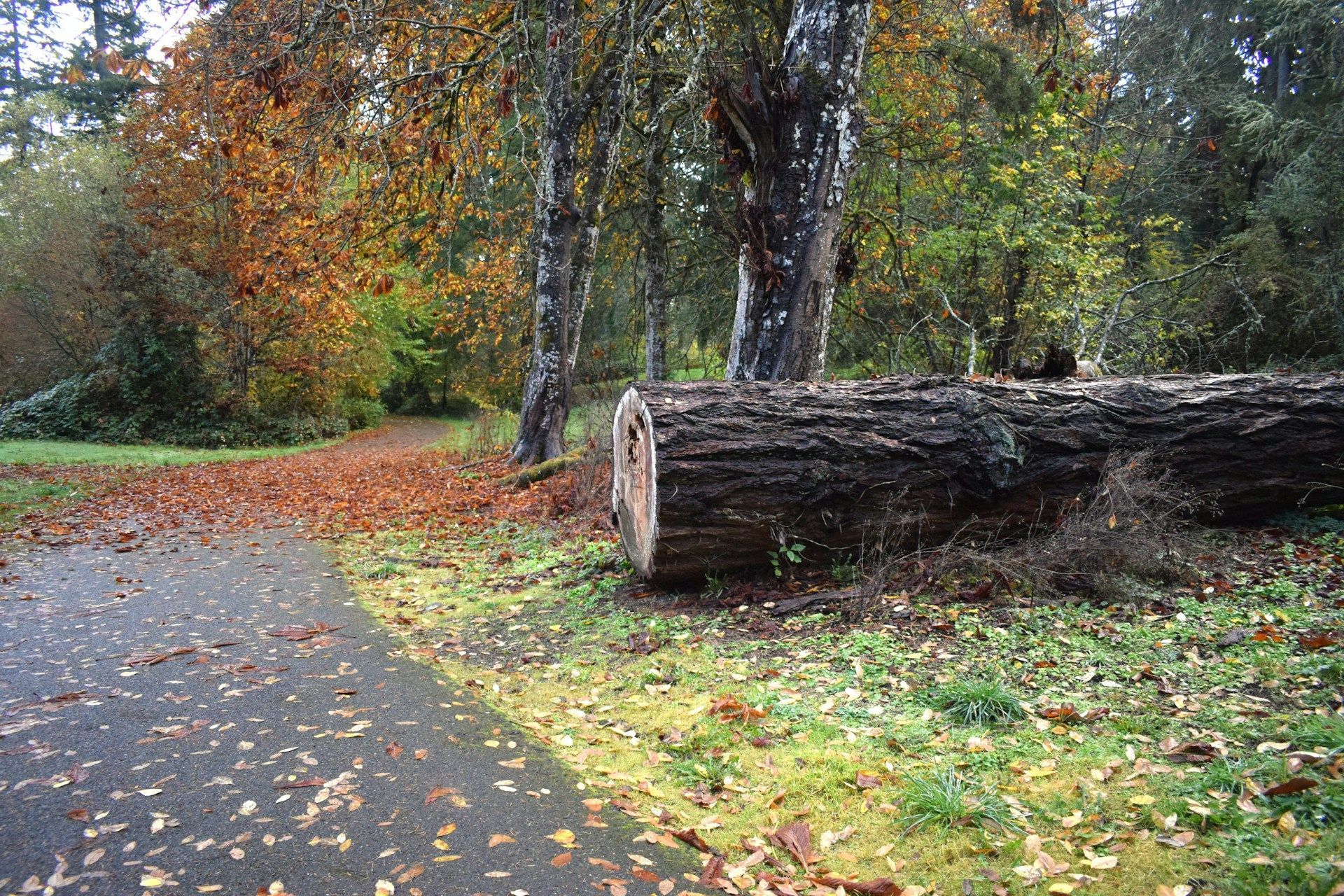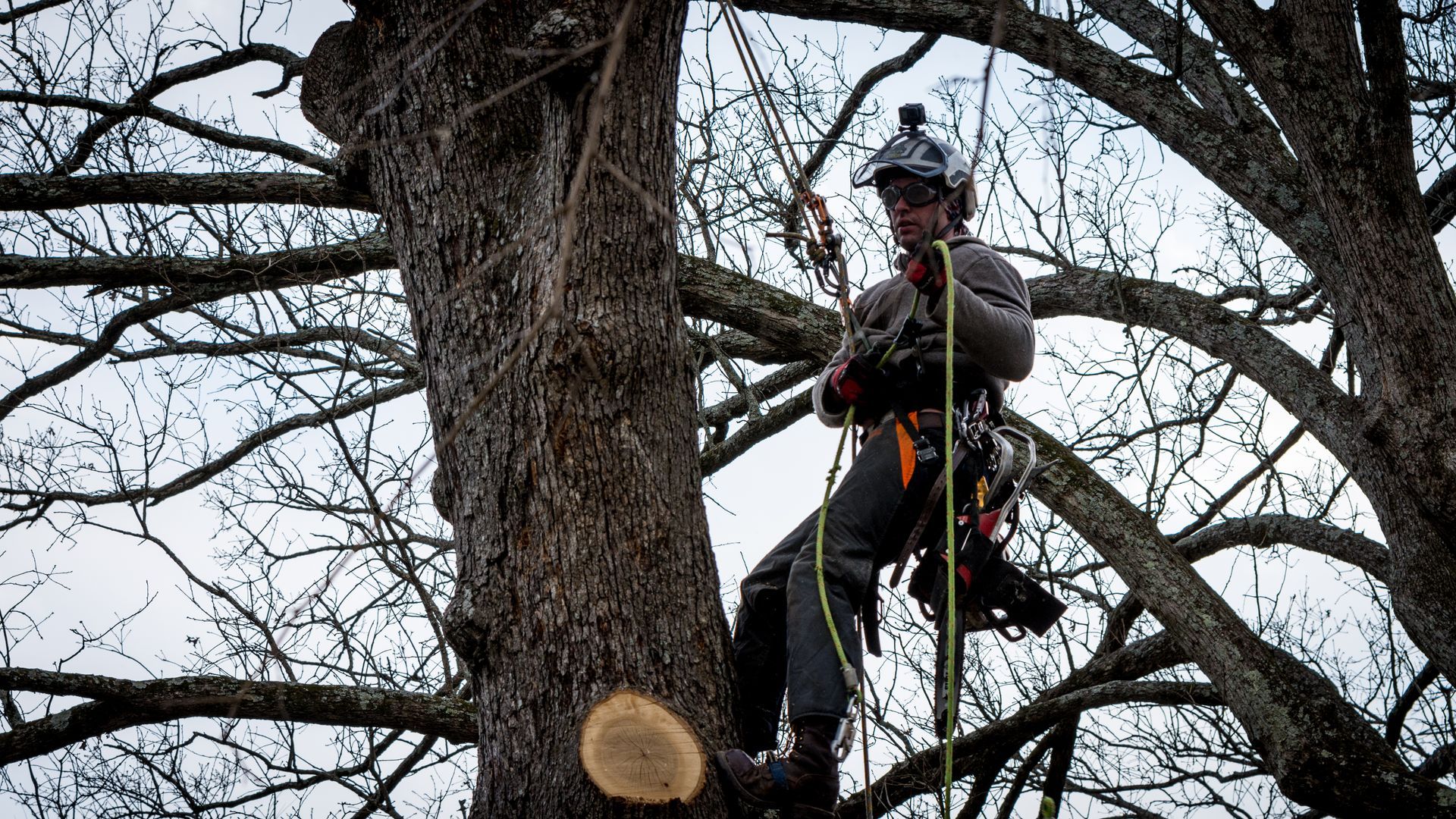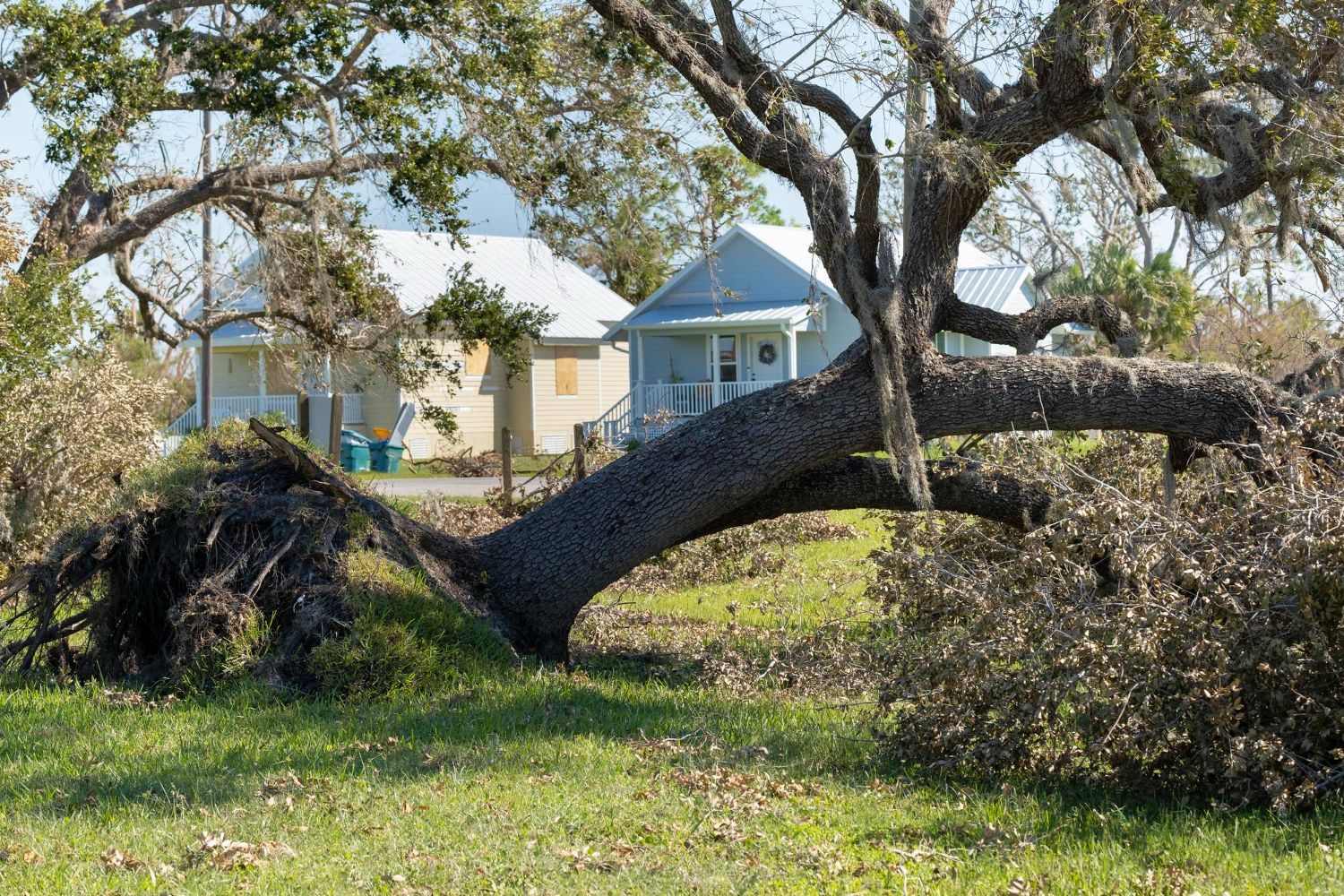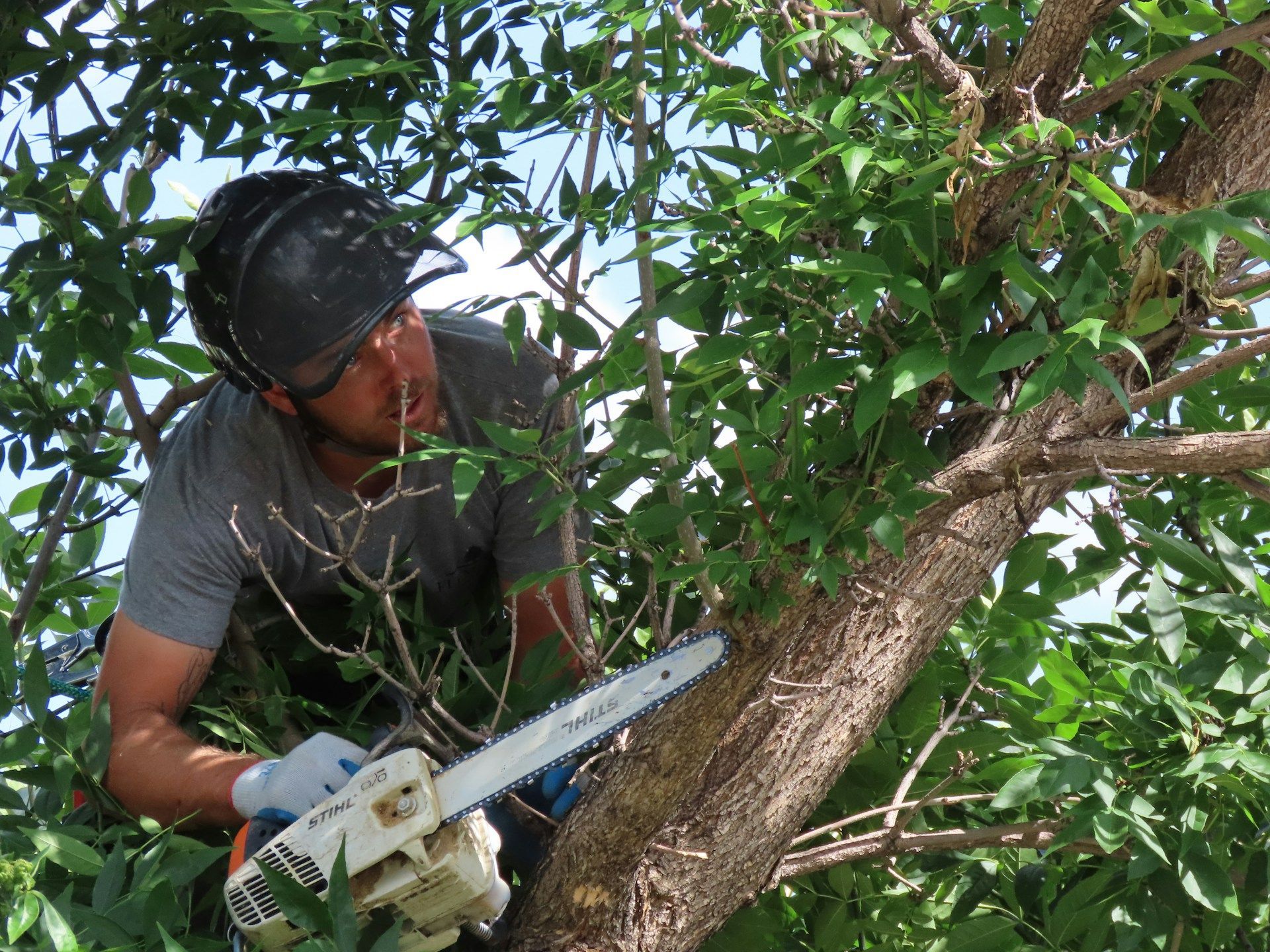Preventing Tree Roots from Damaging Your Property
Tree roots can cause trouble around the home, slipping under sidewalks, lifting driveways, and even messing with pipes underground. These roots spread wide and deep as they search for water and nutrients, sometimes reaching places where they aren't welcome. It's important to understand how these roots grow and find ways to keep them from damaging your property.
Roots can become a real headache if left unchecked. You might notice cracks in the pavement or uneven paths in your yard. But with some smart planning and regular care, you can manage where tree roots grow and protect your space. Knowing what to look for and what measures to take can save you from costly repairs and keep your home safe and beautiful.
Understanding How Tree Roots Grow
Tree roots play a vital role in a tree's health, helping it stand tall and absorb essential nutrients. As they grow, roots spread both wide and deep, searching for water and nutrients in the soil. This growth pattern allows them to anchor the tree firmly, giving it stability against wind and weather. While you might not always see them, roots can extend far beyond the tree's canopy, sometimes spreading as wide as the tree is tall.
In their quest for nourishment, roots often move towards the nearest source of water. This could be a lawn sprinkler system, a sewer line, or even a naturally wet area. As roots grow, they may push through softer spots, like soil with rich moisture, rather than areas with hard surfaces or compacted earth. The movement isn't rapid, but it's persistent and can lead to unintentional damage over time.
Signs that roots are encroaching on unwanted territories include cracked pavements and bumpy lawns. If your driveway or sidewalk shows signs of lifting or cracking, tree roots might be to blame. Lawns can also start to feel uneven or develop sudden dips. These are signals to act before more serious problems develop, as proactive steps can help manage root growth and protect your property.
Common Property Areas Affected by Tree Roots
Tree roots have a way of finding their path, sometimes disrupting areas we didn't expect. There are certain parts of the property where roots commonly cause issues:
- Driveways and Sidewalks: The surface can crack or lift as roots push upwards.
- Plumbing Systems: Pipes can suffer from blockages when roots invade them, searching for water.
- Foundations: The roots of larger trees can creep towards the foundation, which may lead to cracks over time.
- Gardens and Lawns: Roots can take over space meant for other plants, stifling their growth.
Each area is particularly vulnerable due to its structure or material. Driveways and sidewalks, often constructed with concrete or asphalt, can crack under pressure from underground roots pushing against them. Plumbing systems, often built underground where roots thrive, are prone to being infiltrated if any tiny cracks allow root intrusion. Foundations, made to support the weight of buildings, face pressure from roots that can enter small gaps and expand them. Gardens and lawns, providing loose soil, offer roots easy access and ample space to grow.
The danger signs can appear in many ways, from an uneven path to persistently slow drains in your home. Recognizing these signs early allows homeowners to address potential issues before serious damage occurs. Taking these warning signs seriously and investigating promptly can save you from costly repairs and maintain the integrity of your property.
Preventative Measures to Protect Your Property
Preventing tree roots from causing damage involves a combination of strategic planning and ongoing care. One of the most effective solutions is installing root barriers. These barriers are designed to redirect root growth away from vulnerable areas like sidewalks or foundations. When placed properly, they help minimize the risk of structural damage.
Choosing the right location and species for planting is another important step. Some trees naturally have less aggressive root systems, making them a safer choice for areas close to buildings or driveways. Consider spacing trees far enough from these structures to give roots plenty of room to spread harmlessly.
Regular maintenance is key to controlling root spread. Pruning roots can direct growth and reduce encroachment on delicate areas. By scheduling regular inspections, homeowners can spot and manage potential root problems before they escalate. Watering trees properly—without over-watering—also encourages deep root growth, reducing the incentive for roots to rise and interfere with surfaces.
When to Call in the Professionals
There are times when managing tree roots goes beyond what you can tackle on your own. Severe root damage, symptoms of a compromised tree, or interference with complex systems like plumbing might mean you need professional assistance. Experts can assess the situation and decide on the best course of action.
Quick action is crucial when dealing with root issues. Delaying can lead to more extensive damage and higher repair costs. Professionals offer tools and expertise to handle root problems efficiently, reducing long-term risks. They can also provide advice on trees' health and help you make informed decisions about removal or treatment options.
Tree care professionals use their knowledge to assess trees and ensure stability and safety. They conduct thorough health checks to see if roots have impacted a tree's viability. This professional insight can make a big difference in how effectively root-related challenges are managed.
Conclusion
Managing tree roots is an ongoing responsibility for homeowners, but with the right strategy, it can be straightforward. Consider the age, type, and location of your trees when planning your approach. Regular check-ups, smart planting choices, and preventative measures like root barriers are valuable tools in keeping roots in check and maintaining the value and beauty of your property.
When complex issues arise, expert help is your best resource. Partnering with professionals ensures you get timely and safe solutions for any root-related challenges. Taking proactive steps now will help prevent costly repairs later, safeguarding the integrity of your property and its surroundings.
Ensure your trees and root systems are well-managed and your property stays safe and sound. Whether it’s assessing the health of trees or deciding when removal is necessary, Barrie Tree Care Pros is here to help. Our tree care experts have the expertise to handle any tree care needs you have. Contact us today to find out how we can assist in keeping your landscape both beautiful and hazard-free.
